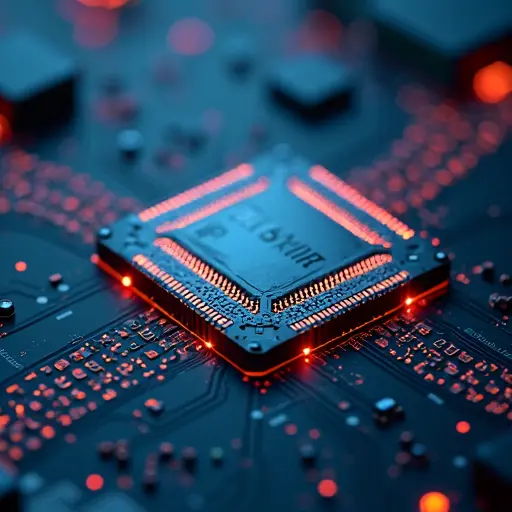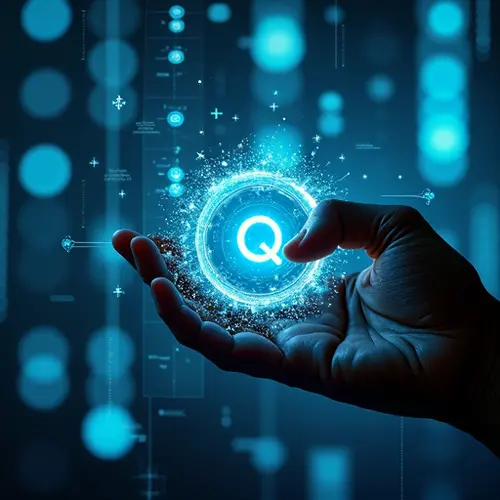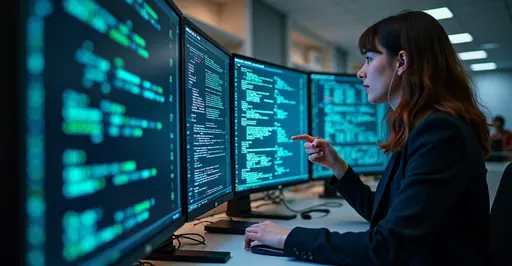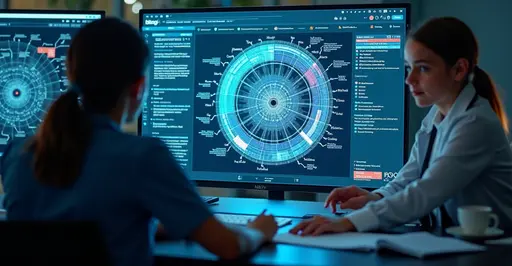
Major Leap in Quantum Computing Announced
Scientists have achieved a significant breakthrough in quantum computing stability, potentially solving one of the field's biggest challenges. Microsoft's new Majorana 1 chip and Google's Willow processor demonstrate radically different approaches to maintaining qubit coherence - the fragile quantum states that power these advanced computers.
The Stability Challenge
Quantum bits (qubits) have historically been extremely unstable, lasting mere microseconds before "decohering" and losing their quantum properties. This instability has prevented quantum computers from performing complex calculations. Microsoft's solution uses topological qubits based on Majorana particles, exotic quantum states that naturally resist environmental interference. "We've created an entirely new state of matter," said Microsoft CEO Satya Nadella.
Competing Approaches
Google's Willow chip takes a different path, focusing on advanced error correction that improves as more qubits are added. In benchmark tests, Willow reportedly performed a calculation in 5 minutes that would take today's fastest supercomputer 10 septillion years. Meanwhile, IBM continues developing its superconducting transmon qubits, with CEO Arvind Krishna stating: "We picked quantum as an area for investment more than 10 years ago. We came to the conclusion that it's an engineering problem more than a science problem."
Roadblocks Remain
Despite progress, Nvidia CEO Jensen Huang cautions that practical quantum applications may still be 20 years away. Current quantum machines require extreme isolation from environmental noise and temperatures near absolute zero. The industry also lacks standardized programming languages and clear commercial use cases beyond specialized calculations.
What This Means
Improved qubit stability brings us closer to quantum advantage - the point where quantum computers outperform classical systems on practical problems. Potential applications include designing new materials, optimizing complex systems, and breaking current encryption methods. As these competing technologies mature, they may eventually converge into hybrid systems combining classical and quantum processing.

 Nederlands
Nederlands English
English Français
Français Deutsch
Deutsch Español
Español Português
Português








